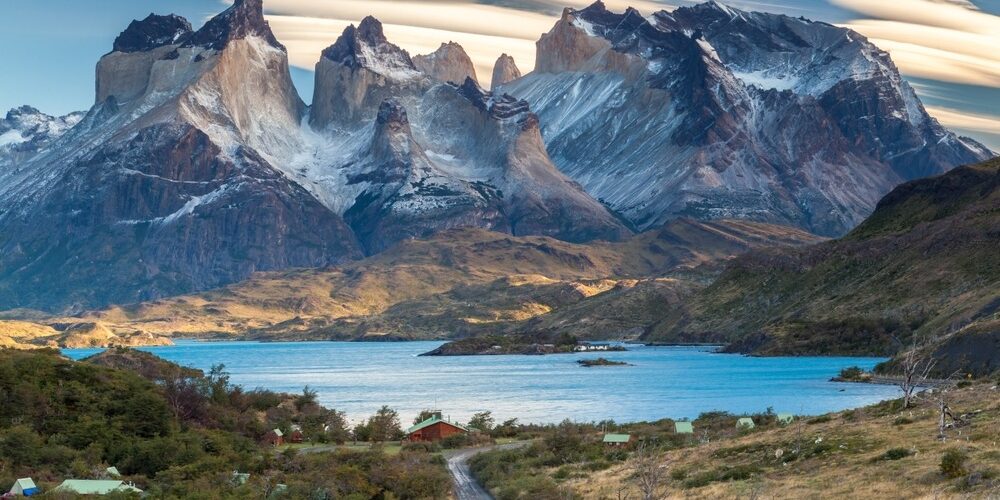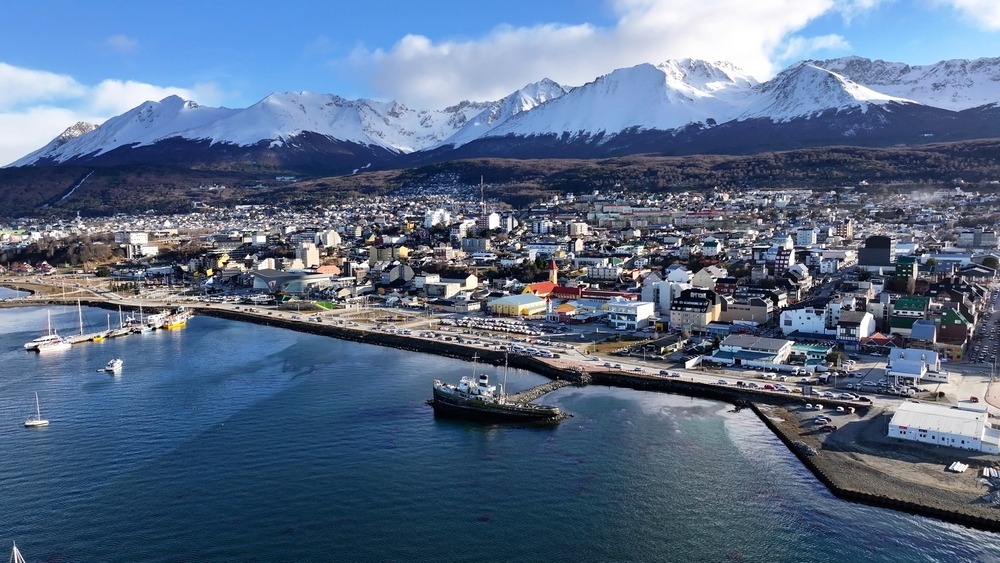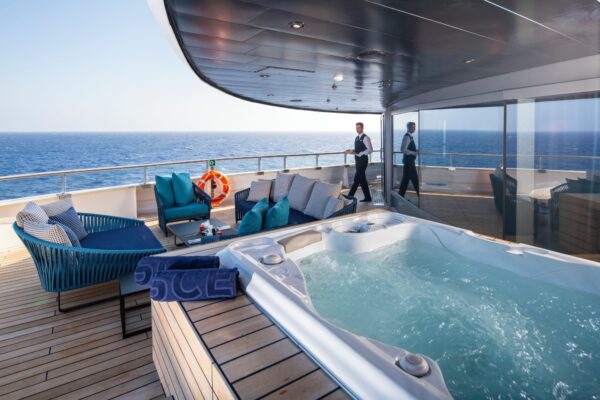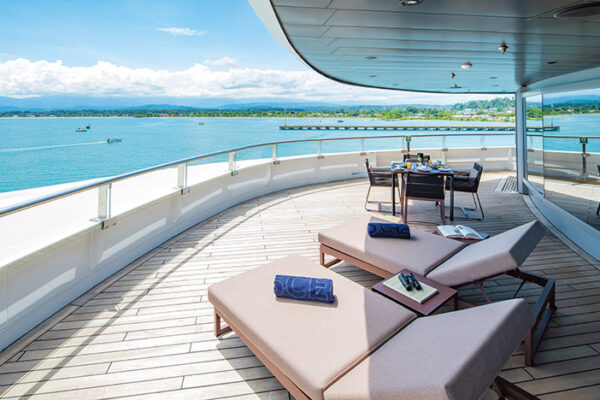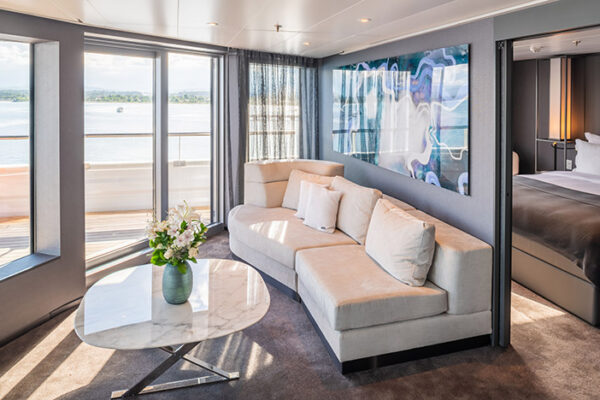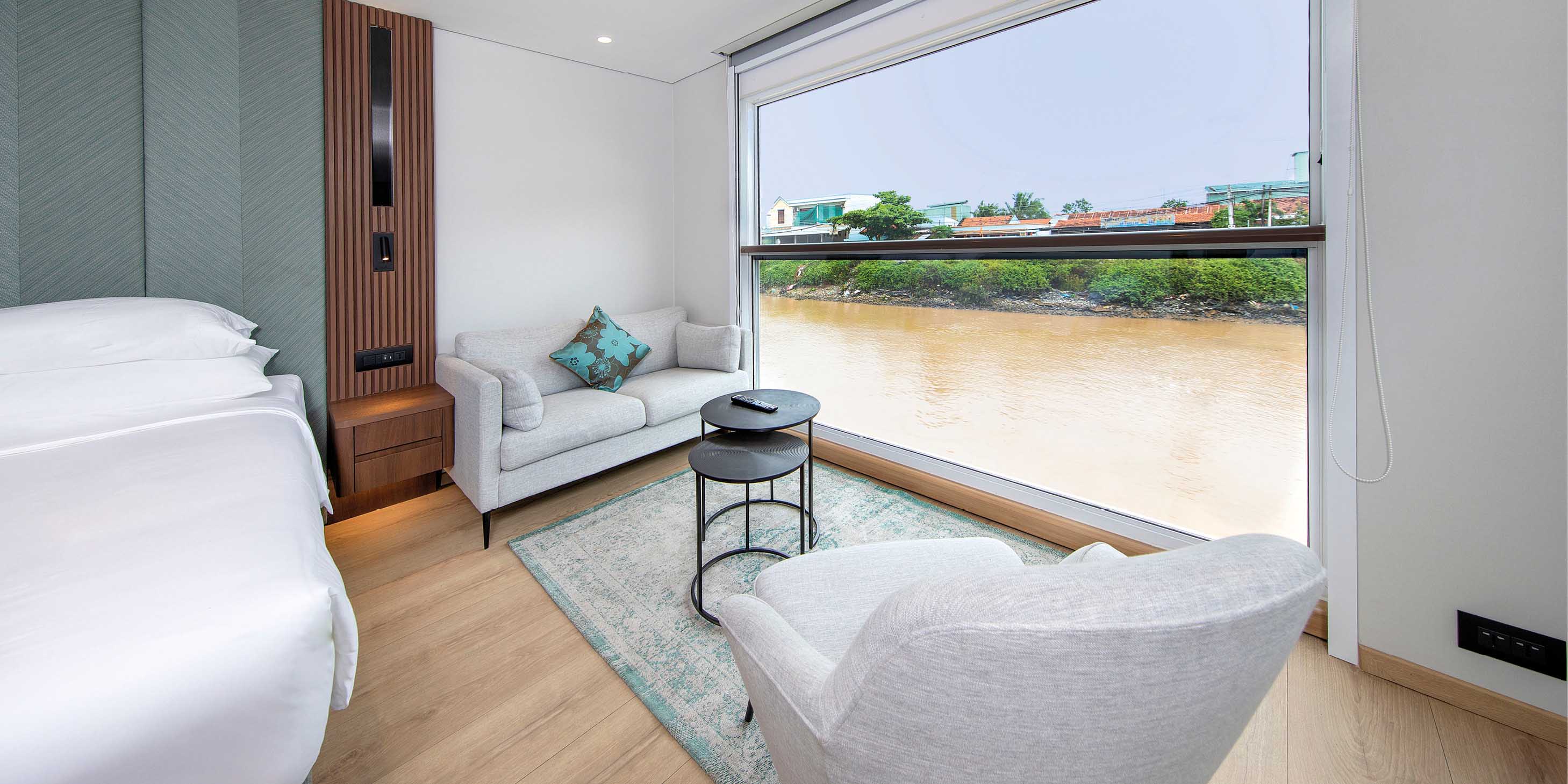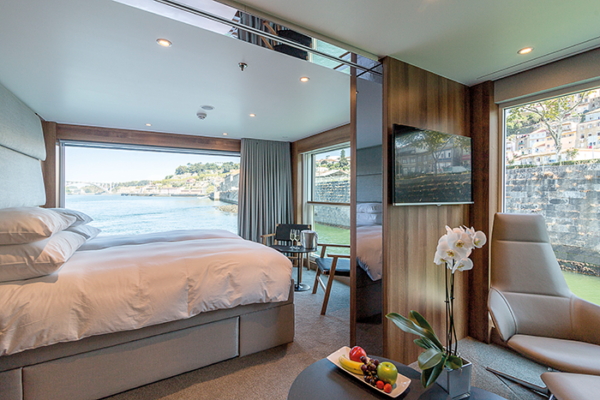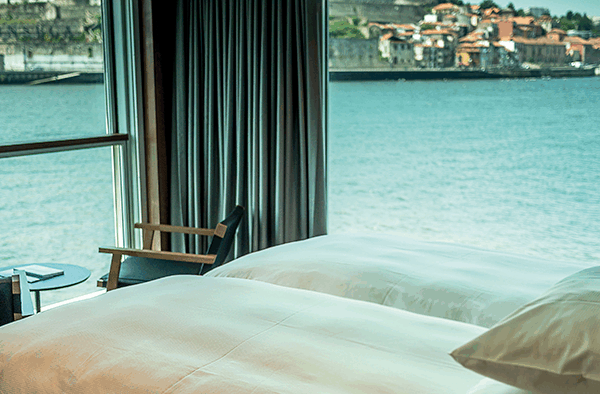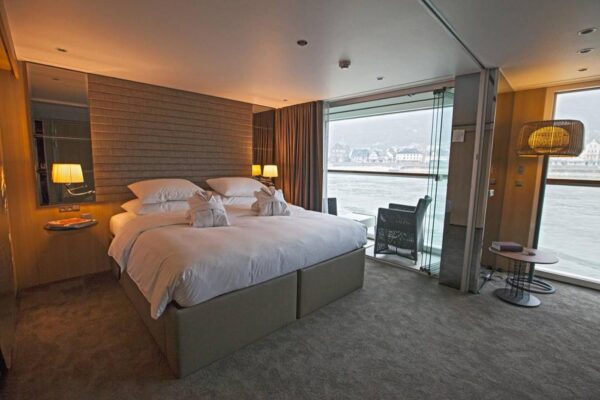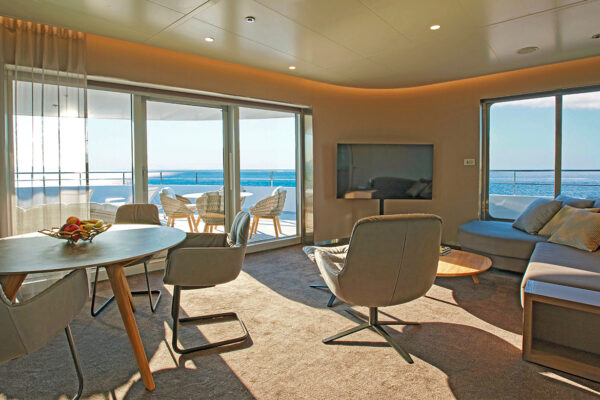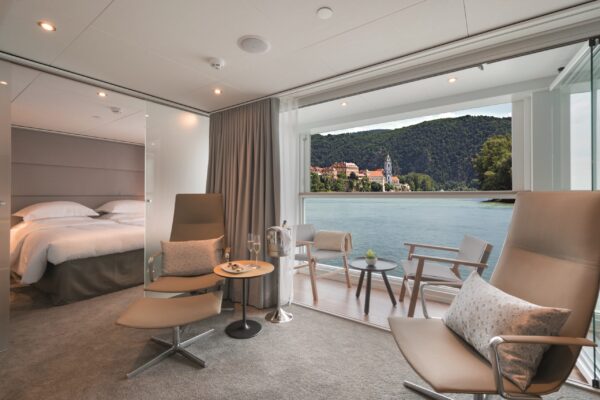Touring Patagonia: A Journey to the End of the World
Patagonia, the wild and wind-swept region shared by Argentina and Chile, is one of the most awe-inspiring destinations on Earth. Stretching from the Atlantic to the Pacific and from the Andes Mountains to the Strait of Magellan, it’s a land of staggering contrasts — from glacial fjords and towering peaks to rolling pampas and turquoise lakes. Touring Patagonia offers travelers the rare chance to explore pristine wilderness where nature reigns supreme, culture thrives in small frontier towns, and adventure awaits at every turn.
The Essence and Geography of Patagonia
Patagonia covers over 400,000 square miles, divided between southern Argentina and Chile. The Andes Mountains slice through its heart, creating distinct climates and landscapes on each side. The Chilean portion is wetter and greener, defined by fjords, islands, and temperate rainforests, while the Argentine side features sweeping steppes, crystal-clear lakes, and the majestic Andes rising to the west. The name “Patagonia” itself dates back to the 16th century, when explorer Ferdinand Magellan used the term “Patagón” to describe the native Tehuelche people he encountered.

History and Culture of Patagonia
Long before European explorers arrived, Patagonia was home to indigenous groups such as the Tehuelche, Mapuche, and Selknam (Ona). These resilient peoples adapted to one of the harshest environments in the world, living by hunting guanacos and fishing along the coasts. In the late 19th century, Patagonia became a frontier of exploration and settlement, attracting pioneers, sheep farmers, and adventurers from around the globe. Welsh settlers founded communities in the Chubut Valley, while Chilean colonists established towns among the fjords. Today, visitors can still experience the cultural fusion of indigenous, European, and gaucho traditions in local cuisine, crafts, and festivals.
Touring the Argentine Patagonia
Argentina’s Patagonia offers vast diversity, from the glaciers of the south to the lake districts in the north.
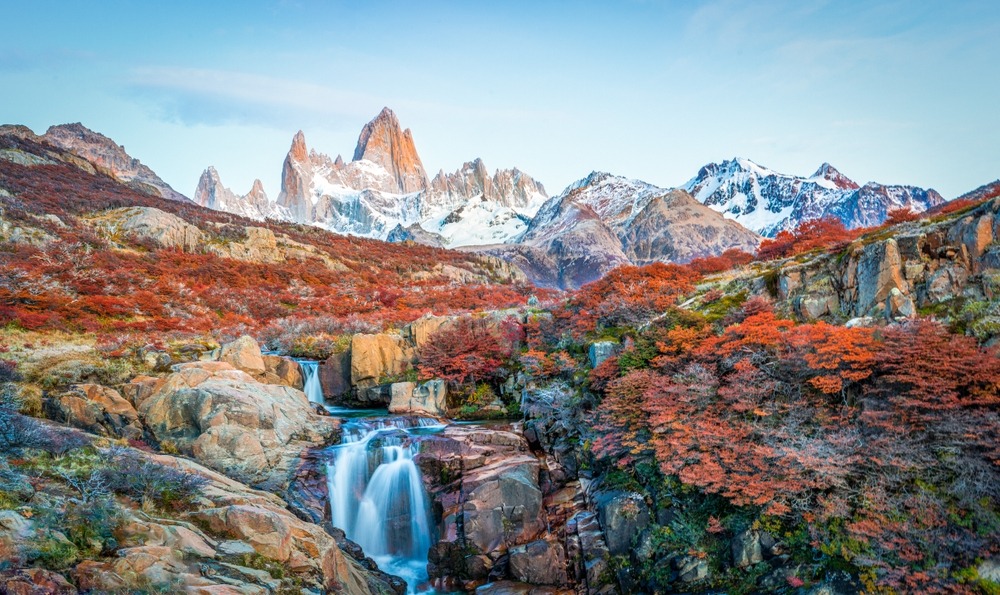
El Calafate and Los Glaciares National Park – This picturesque town serves as the gateway to the world-famous Perito Moreno Glacier, one of the few advancing glaciers on Earth. Visitors can explore via walkways, boat cruises, or even ice treks across the blue ice itself. The park also includes the towering Mount Fitz Roy near El Chaltén, a mecca for trekkers and climbers.
Bariloche and the Lake District – Nestled along the shores of Lake Nahuel Huapi, Bariloche is known for its alpine charm, Swiss-inspired architecture, and chocolate shops. The surrounding Nahuel Huapi National Park offers kayaking, hiking, and scenic drives along the Seven Lakes Route, connecting Bariloche to San Martín de los Andes.
Península Valdés – A UNESCO World Heritage Site on the Atlantic coast, this wildlife sanctuary is one of the best places in the world to spot whales, sea lions, elephant seals, and Magellanic penguins. Southern right whales come here to breed between June and December, offering spectacular viewing opportunities.
Ushuaia: The End of the World – The southernmost city in the world, Ushuaia is the gateway to Tierra del Fuego National Park and Antarctic expeditions. Here, visitors can ride the “End of the World Train,” cruise the Beagle Channel, and explore the rugged Patagonian wilderness surrounded by snow-capped peaks.
Touring the Chilean Patagonia
Chilean Patagonia is dominated by glaciers, fjords, and some of the most breathtaking national parks in South America.
Torres del Paine National Park – Often considered the crown jewel of Patagonia, this park features the iconic granite towers of Paine, vast turquoise lakes, roaring rivers, and abundant wildlife, including guanacos and condors. Hiking routes range from the famous “W Trek” to longer circuits through valleys and glaciers.
Puerto Natales – This charming town serves as the main base for visiting Torres del Paine and offers cozy lodges, local seafood restaurants, and panoramic views of the fjords.
The Southern Fjords and Ice Fields – Cruises and expeditions from Puerto Natales or Punta Arenas navigate through a maze of fjords and channels, revealing glaciers like Serrano and Balmaceda, waterfalls, and isolated islands.
Punta Arenas – The largest city in Chilean Patagonia, Punta Arenas is steeped in history from the days of Antarctic explorers and Magellan’s voyages. The city offers museums, historic mansions, and access to nearby wildlife areas such as Isla Magdalena, home to thousands of penguins.
Carretera Austral (Southern Highway) – One of the world’s most scenic drives, this remote highway winds through lush forests, snowcapped peaks, and emerald lakes. Highlights include Queulat National Park with its hanging glacier and the marble caves of General Carrera Lake.
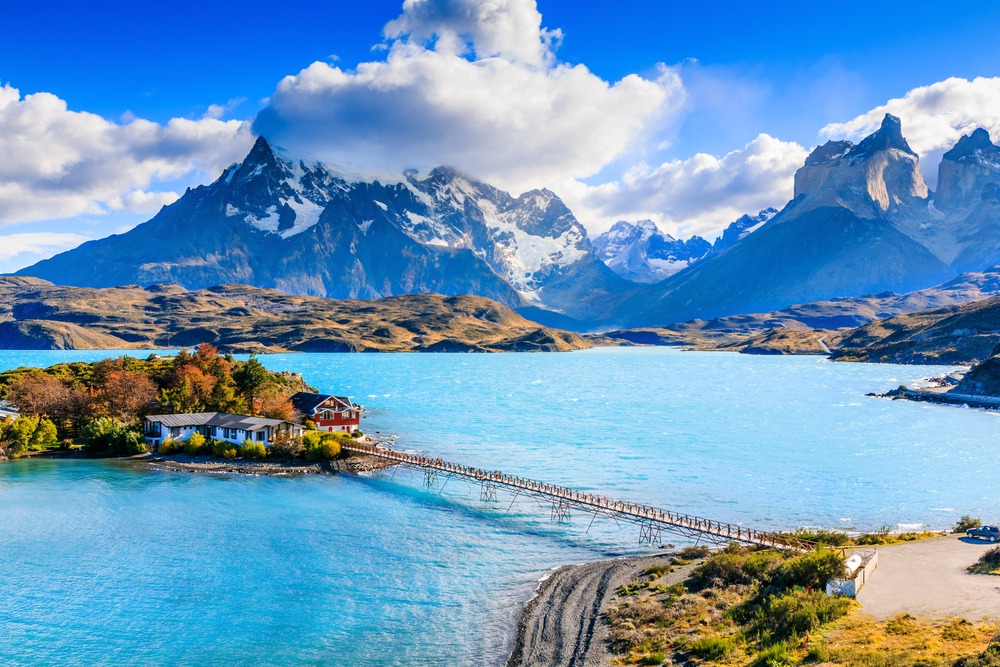
Wildlife and Natural Wonders
Patagonia’s remoteness allows its wildlife to thrive. Beyond whales and penguins, travelers might see flamingos in the steppe lagoons, Andean condors soaring above cliffs, or elusive pumas in Torres del Paine. Birdwatchers will delight in species unique to the region, while nature lovers can experience untouched ecosystems that few humans have disturbed.
Activities for Travelers
Touring Patagonia can be as adventurous or as leisurely as you wish. Activities include glacier trekking, kayaking, horseback riding with gauchos, fly-fishing in mountain streams, and scenic flights over the Andes. For those seeking comfort, luxury lodges and eco-resorts offer guided excursions with gourmet meals and panoramic views.
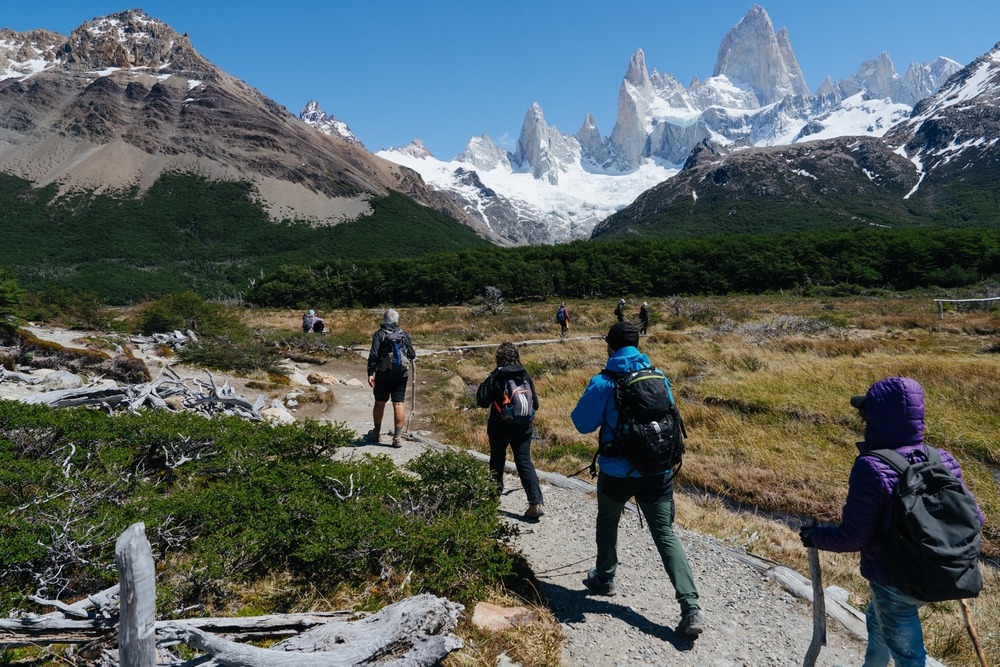
When to Visit Patagonia
The best time to visit is during the southern summer, from November to March, when the weather is mild and days are long. However, shoulder seasons (October and April) can be excellent for fewer crowds and vibrant landscapes. Winter (June–August) brings snow and a quieter, more introspective experience ideal for those seeking solitude.
A Journey of a Lifetime
Touring Patagonia is not simply a trip — it’s an encounter with one of the last great wildernesses on Earth. From glaciers calving into icy lakes to gauchos herding sheep across golden plains, Patagonia captures the imagination and restores a sense of wonder. Whether by cruise, coach, or guided expedition, travelers are bound to leave this region with an enduring connection to its wild beauty and resilient spirit.


